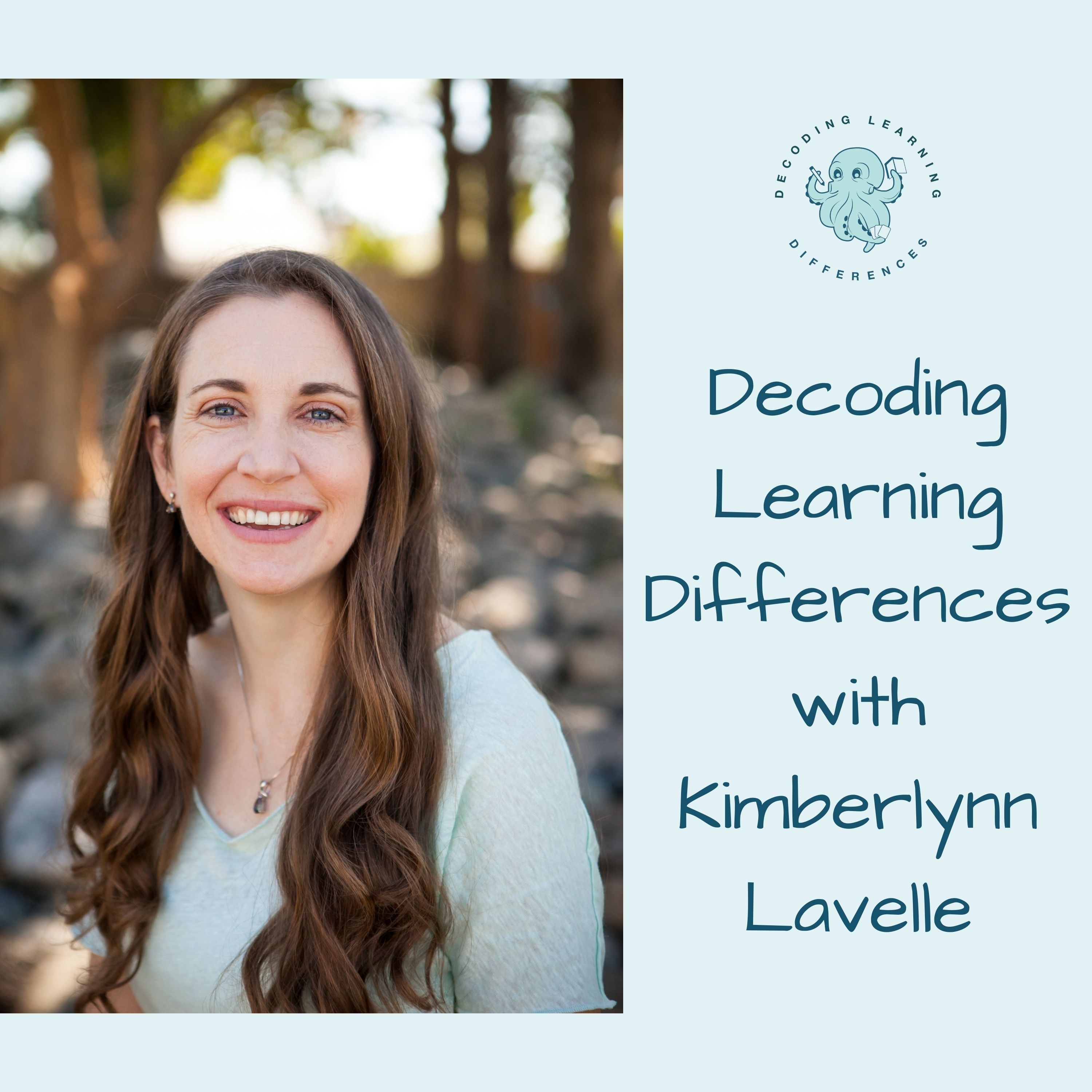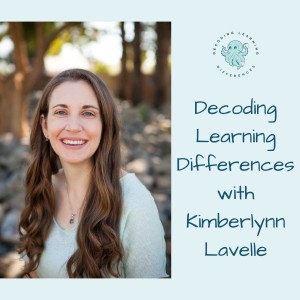

I teach parents how to educate their own children (especially those with struggling learners) so that they can successfully and peacefully homeschool or provide supplemental education at home. This podcast will discuss: - various learning disabilities and challenges, including: ADHD, dyslexia, autism, processing disorders, and so much more! - how all people learn - different learning styles - strategies for supporting specific learning challenges - how to apply these learning strategies at home - stories from homeschooling parents -interviews from other experts
Episodes

Monday Jun 27, 2022
Money Money Money
Monday Jun 27, 2022
Monday Jun 27, 2022
One of my favorite mathematical tools is in your wallet, or maybe in your junk drawer, or one of those 5 gallon water jugs.
Coins!
Coins can be used to teach so many math concepts! And yet, money is barely mentioned in the common core standards. I understand that coins aren’t necessarily critical, but I do think it’s important as a life skill AND it’s a great mathematical tool for tons of other concepts!
First, we need to work on teaching our kids to identify coins- their names and values.
Then we can use those coins to practice counting by 1s, 5s, 10s, and 25s!
Counting by numbers means we can also use coins to practice multiplication, making groups of one nickel and 2 pennies to practice 7s, for example.
If our kids are comfortable with knowing that 4 quarters makes a dollar, then we can use that to reinforce fractions. Three quarters means ¾ of a dollar!
This knowledge of fractions then ties into decimals and their equivalent fractions. 25/100 is equal to ¼ because $0.25 is 1 quarter, which is ¼ of a dollar.
We can then use this to work on ratios in much the same way. We might discuss the ratio of 5 pennies to every 1 nickel. So 5 nickels is 25 pennies.
Along the way, our children will have also learned a lot about place value, including decimal place value. They can practice trading 10 pennies for 1 dime. And the opposite. Think about how this can be used for multi-digit addition and subtraction. They can trade dollars, dimes, and pennies as needed to make counting easier and to make subtraction possible.
Having our kids be very comfortable with counting and using coins is a wonderful example of everyday learning, using an everyday activity or skill to learn deeply.
No comments yet. Be the first to say something!